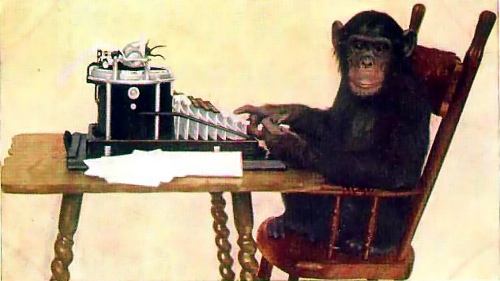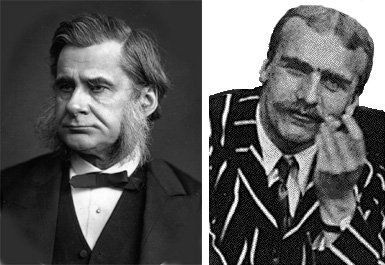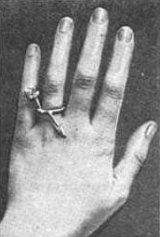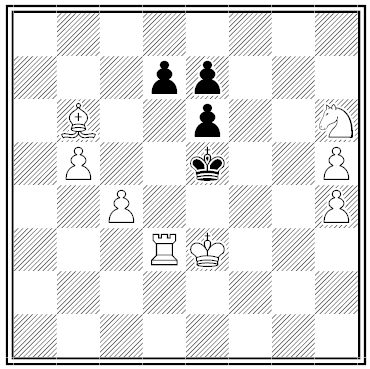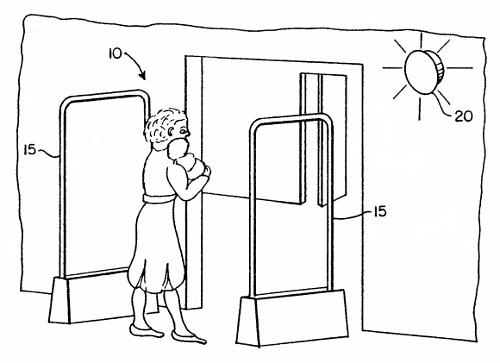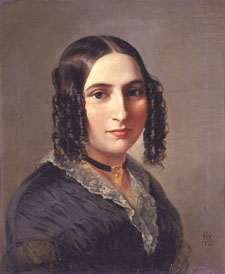
At least six of Felix Mendelssohn’s songs were written by his sister. Like Felix, Fanny Mendelssohn had trained as a child with Carl Friedrich Zelter, who wrote to Goethe in 1816 that she “could give you something of Sebastian Bach. This child is really something special.” But the bias of the times restricted a woman’s ambitions, and a lady of leisure could not be seen to pursue a profession publicly. Like the Brontës, George Sand, and George Eliot, Fanny found an outlet by publishing under a man’s name.
In an 1842 visit to Buckingham Palace, Mendelssohn found a copy of his Opus 8 songs on the piano in Queen Victoria’s sitting room. When he asked to hear her sing, she chose Fanny’s song Italien. Mendelssohn wrote to his mother, “After I had confessed that Fanny had written the song (which I found very hard, but pride goes before a fall) I begged her to sing one of my own works.”

